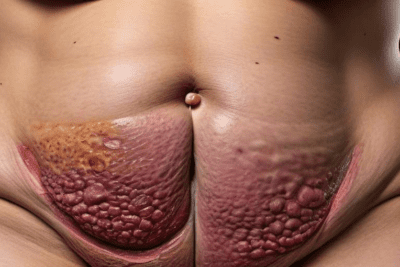
Prediabetes is a critical stage in the diabetes spectrum where blood sugar levels are higher than normal but not yet high enough to diagnose as type 2 diabetes. By learning how to recognize the signs of prediabetes, we can take steps to reverse this condition and prevent its progression.
What you\'ll find in this article?
Understanding Prediabetes
Prediabetes affects an estimated 88 million American adults, approximately one in three. Yet, about 84% of them don’t even know they have it. Prediabetes acts as a silent condition, often showing no apparent symptoms. However, certain signs may indicate a problem, especially when viewed collectively.
Recognizing the Signs
Increased Thirst and Urination
One of the earliest signs of prediabetes is an increased sense of thirst. The body tries to flush out excess sugar through urination, leading to dehydration and the consequent feeling of thirst.
Constant Hunger
Excessive hunger, or polyphagia, is another common sign. When cells can't absorb sugar due to insulin resistance, the body lacks the energy it needs, leading to constant hunger.
Weight Gain or Loss
Unexpected weight changes can signal prediabetes. Insulin resistance can cause weight gain, while increased urination can lead to weight loss.








Fatigue
The body's inability to effectively use glucose for energy results in tiredness and fatigue.
Blurred Vision
High blood sugar levels can affect the eyes, causing blurred vision, a condition known as hyperglycemia.
Risk Factors
Beyond symptoms, several risk factors can raise one's chances of prediabetes, including being overweight, leading a sedentary lifestyle, having a family history of type 2 diabetes, and being of certain racial or ethnic groups.
Prediabetes Testing
Since many individuals exhibit no symptoms, screening is crucial in early detection. Tests for prediabetes include the Hemoglobin A1C test, fasting plasma glucose (FPG) test, and oral glucose tolerance test (OGTT).
Managing Prediabetes
The good news is that prediabetes is reversible. Lifestyle modifications like healthy eating, regular physical activity, and maintaining a healthy weight can lower blood sugar levels and delay or prevent type 2 diabetes.
Healthy Eating
A diet rich in fruits, vegetables, lean proteins, and whole grains, while limiting processed foods, is key to managing prediabetes.
Regular Physical Activity
The American Diabetes Association recommends at least 150 minutes of moderate-intensity physical activity per week.
Maintaining a Healthy Weight
Even a modest weight loss of 5-7% of body weight can have a significant impact on reversing prediabetes.
In Conclusion
Recognizing the signs of prediabetes is the first step in taking charge of your health. Prediabetes doesn't have to lead to type 2 diabetes. With the right lifestyle changes, you can prevent the progression of the disease.
For those at risk or experiencing symptoms, it's never too late to take action. Begin the journey to better health today and prevent the transition from prediabetes to diabetes. https://diabetescurenow.com/
Our best recommendation in the end is that you get the best advice from a group of professionals who have been willing to revolutionize your diabetes situation and give you the opportunity to radically improve your health.
Visit at this time the link that keeps clicking on it












